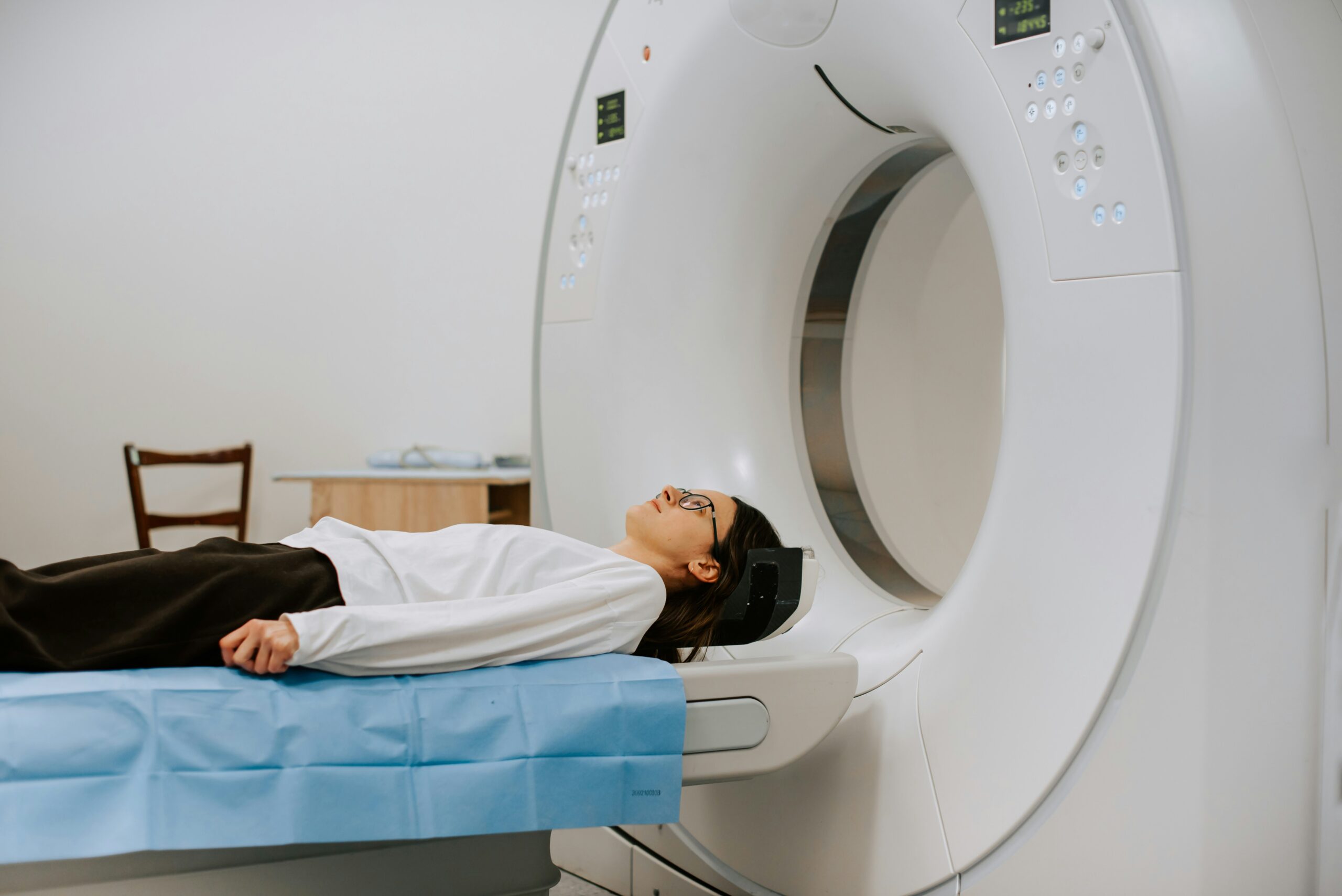
Introduction to Next-Gen Radiology
The future of healthcare evolves rapidly, with one of the most significant advancements in radiology. Next-generation radiology equips healthcare providers to diagnose, treat, and manage diseases more effectively. These innovations enhance patient outcomes and improve the overall experience for both healthcare providers and patients. Innovations such as artificial intelligence (AI) and high-resolution imaging technologies are transforming the way we approach patient care.
The Role of Advanced Imaging Technologies in Patient Care
Advanced imaging technologies lead the way in next-generation radiology. These technologies provide doctors with highly detailed images of the body, enabling them to diagnose conditions more accurately and efficiently. Innovations such as 3D imaging, MRI advancements, and functional imaging tools change how doctors identify and monitor diseases.
For example, 3D imaging provides more precise views of organs and tissues, enabling doctors to detect abnormalities that are not visible with traditional imaging methods. Additionally, improvements in magnetic resonance imaging (MRI) enhance speed, resolution, and safety, making it indispensable in modern radiology.
Artificial Intelligence: The Power Behind Next-Gen Radiology
Artificial intelligence (AI) powers much of next-gen radiology. AI systems can analyze vast amounts of imaging data much faster than the human eye. This capability enables quicker and more accurate diagnoses, often detecting conditions in their earliest stages when treatment is most effective.
AI in radiology helps detect patterns in imaging data that radiologists might otherwise miss. For example, AI assists in identifying early signs of cancers, neurological diseases, and cardiovascular conditions. By integrating AI into radiology practices, healthcare providers can make informed decisions and offer personalized treatment plans.
Reducing Radiation Exposure for Patients
Healthcare prioritizes patient safety, and one significant concern in radiology is the risk of radiation exposure. Next-gen radiology technologies focus on reducing this risk. New imaging techniques, such as low-dose CT scans, provide high-quality images with reduced radiation exposure, ensuring that patients receive accurate diagnoses while minimizing risks.
Moreover, MRI and ultrasound technologies offer radiation-free alternatives, making them ideal for specific medical conditions. These advances reduce radiation risks, which is especially important for vulnerable populations, such as pregnant women and young children.
The Integration of Telemedicine in Radiology
Telemedicine has become essential in healthcare, especially following the COVID-19 pandemic. Radiology benefits from telemedicine as healthcare providers integrate imaging technologies with remote consultations to enhance patient care and treatment.
Radiologists can now analyze imaging data remotely and consult with patients, regardless of location. This capability helps patients in rural or underserved areas access specialized radiology services. Telemedicine enhances access to care, reduces wait times, and ensures timely and accurate diagnoses.
The Impact on Patient Experience and Care Delivery
Next-gen radiology not only changes how healthcare providers diagnose and treat conditions, but it also enhances the patient experience. With more accurate and faster diagnoses, patients can receive treatment sooner, resulting in improved health outcomes. Additionally, non-invasive imaging techniques, such as MRI and ultrasound, reduce the need for surgical biopsies and other invasive procedures.
Moreover, AI and machine learning technologies enable radiologists to make faster and more accurate decisions, thereby reducing the likelihood of misdiagnoses. This improvement increases patient confidence in their treatment plans and enhances the overall experience.
Cost-Effectiveness of Next-Gen Radiology
Although next-gen radiology technologies require significant upfront investments, they lead to long-term savings for healthcare systems. By improving diagnosis accuracy and speed, these technologies reduce the need for additional tests and procedures. This efficiency saves time and reduces healthcare costs for both providers and patients.
Furthermore, these technologies catch diseases early, when they are more treatable and less costly to manage. As a result, next-gen radiology lowers hospital admissions and treatment costs over time. The cost-effectiveness of next-gen radiology encourages its widespread adoption across healthcare systems.
Future Trends in Next-Gen Radiology
Next-gen radiology holds great promise. As AI continues to evolve, more advanced diagnostic tools will make radiology more precise and efficient. Furthermore, the development of personalized imaging technologies will enable the creation of tailor-made treatment plans based on individuals’ unique genetic and health profiles.
Virtual reality (VR) and augmented reality (AR) are emerging in radiology. These technologies will enable healthcare providers to visualize patient data in 3D, providing an immersive and interactive experience that enhances diagnostic accuracy and facilitates more informed treatment planning.
Challenges and Considerations
While next-gen radiology offers numerous benefits, healthcare systems must address some challenges. One primary concern is integrating new technologies into existing infrastructure. Healthcare providers must invest in training staff, upgrading equipment, and maintaining data privacy and security standards.
Additionally, the high cost of advanced imaging technologies can be a barrier for some healthcare institutions, particularly in low-resource settings. However, as technology becomes more widely adopted and costs decrease, these challenges will likely become less significant.
Next-generation radiology is changing healthcare. AI-driven imaging analysis, improved patient safety, and enhanced diagnostic capabilities reshape patient care. As these technologies continue to evolve, they will equip healthcare providers with the tools needed to deliver faster, more accurate, and personalized care to patients.
In the future, radiology will integrate with other aspects of healthcare, creating a more efficient and effective system. As next-gen radiology evolves, it promises to bring greater advancements in understanding and treating diseases, ultimately improving patient outcomes and revolutionizing healthcare as we know it.